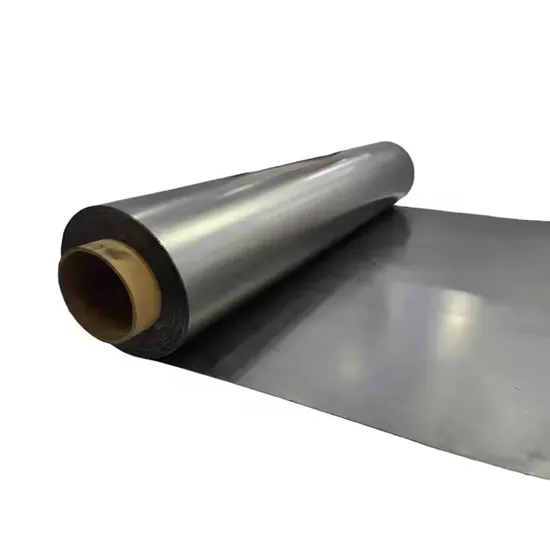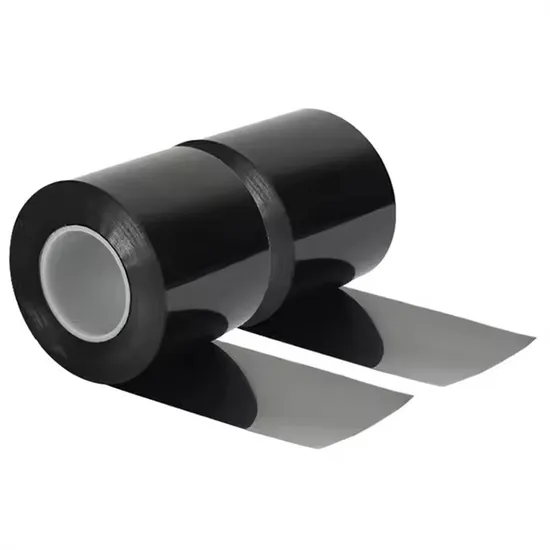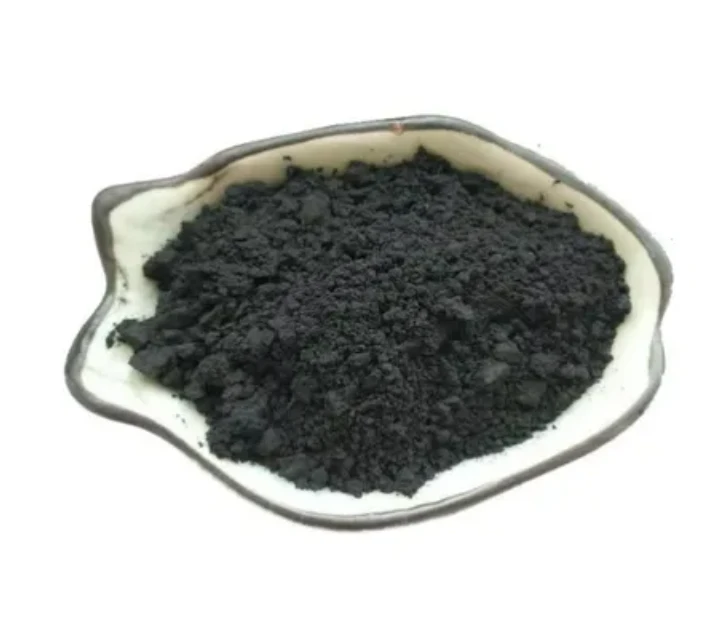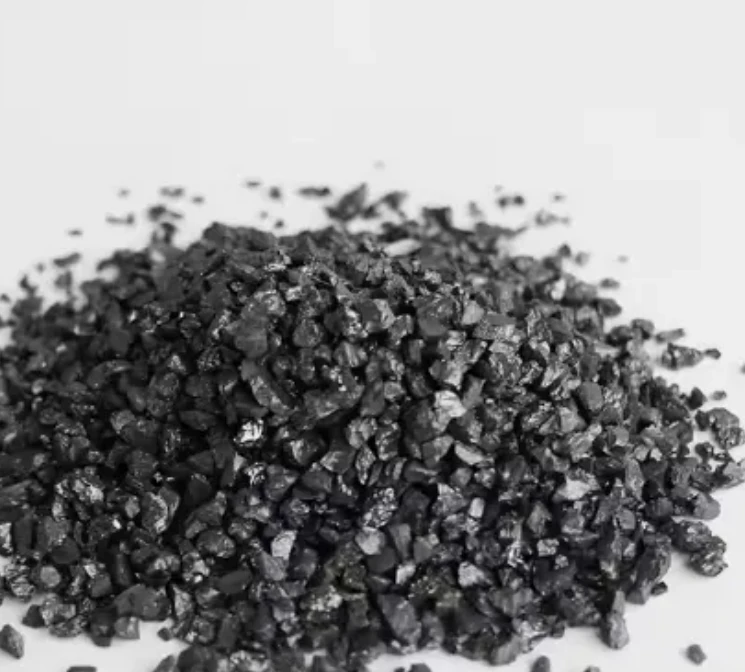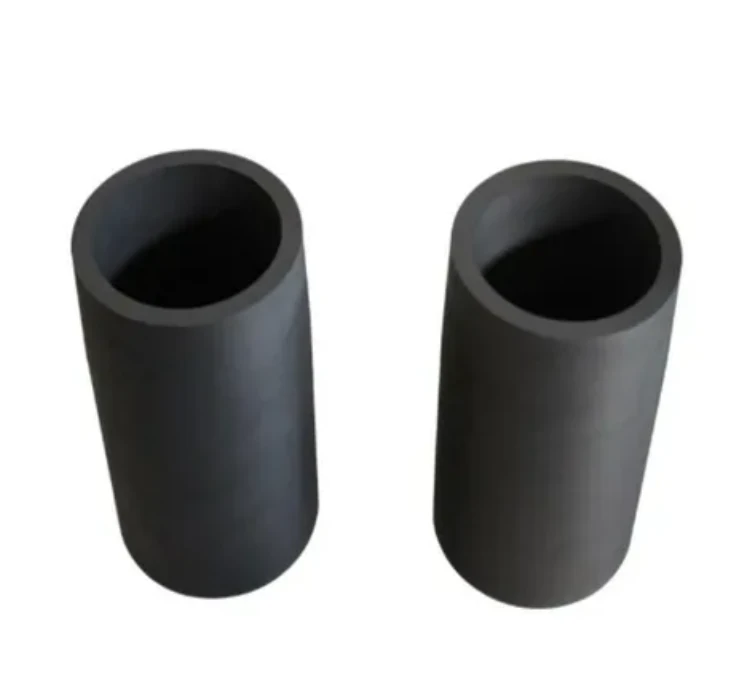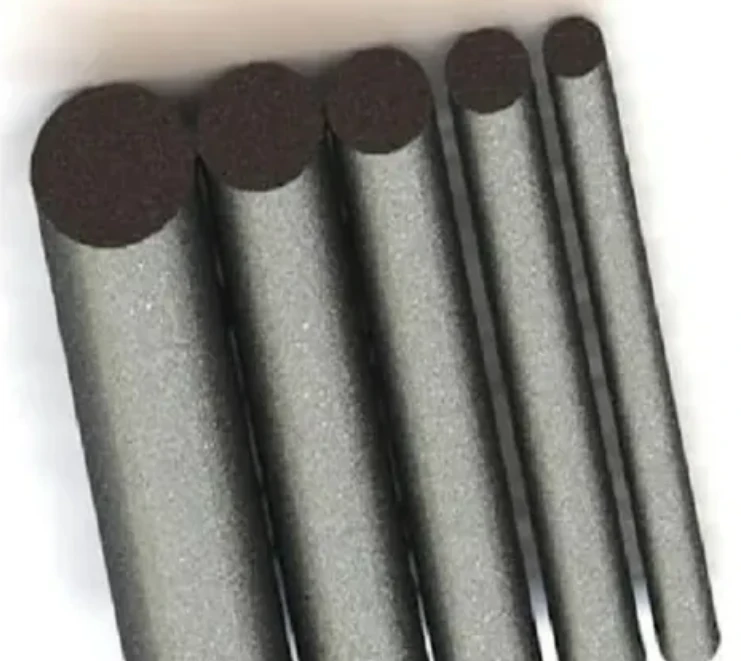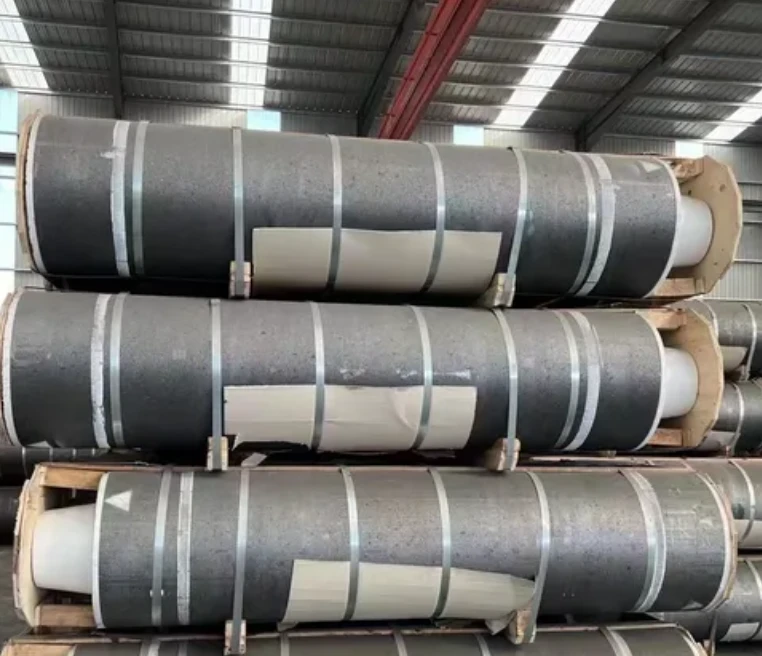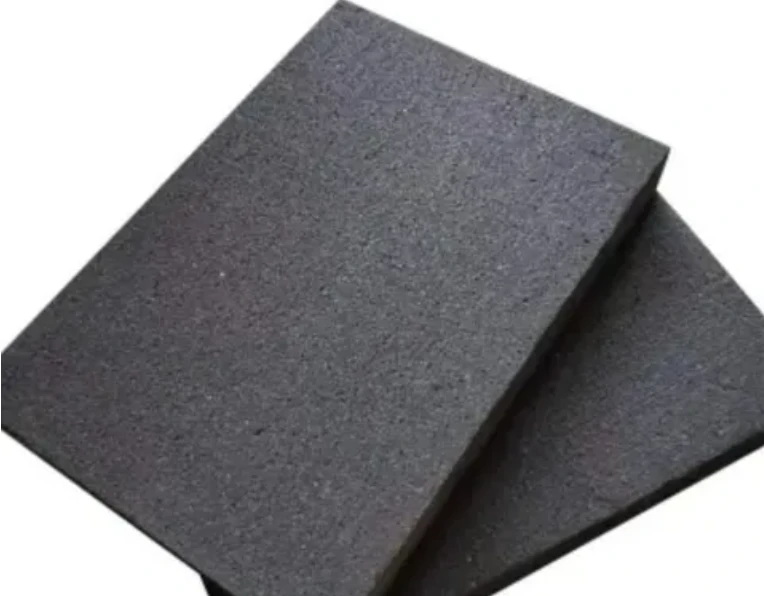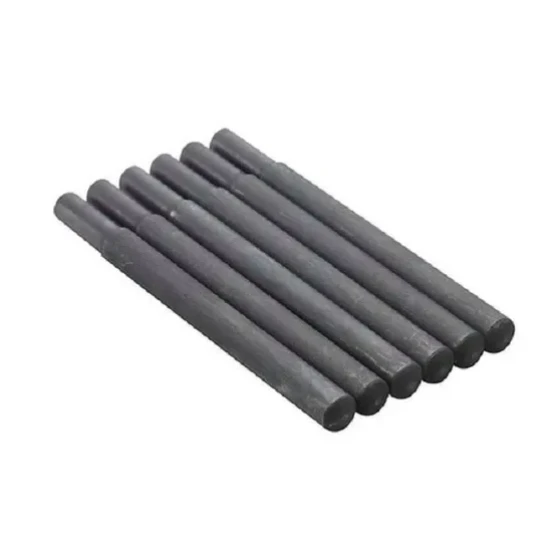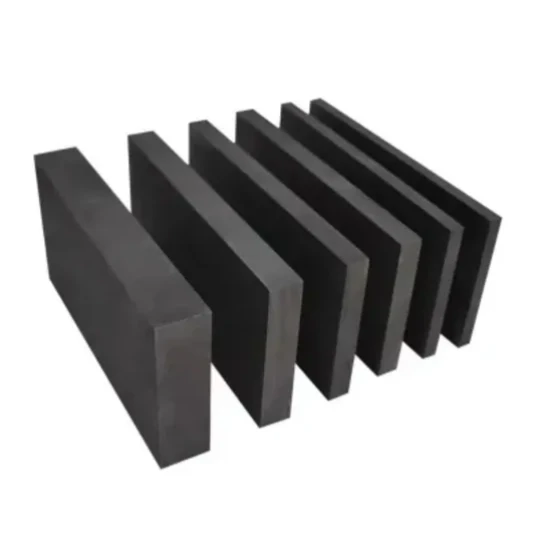- Englist


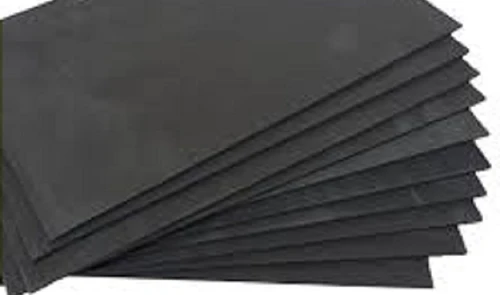
- Introduction to Graphite as a High-Performance Electrode Material
- Technical Advantages Driving Graphite Electrode Adoption
- Performance Comparison: Leading Graphite Electrode Manufacturers
- Customized Graphite Solutions for Industry-Specific Needs
- Real-World Applications and Efficiency Metrics
- Cost-Benefit Analysis Across Operational Scales
- Future Outlook: Why Graphite Electrodes Remain Critical

(graphite used as electrode)
Introduction to Graphite as a High-Performance Electrode Material
Graphite electrodes have become indispensable in modern industrial processes, particularly in high-temperature applications. With a thermal conductivity of 1,500 W/m·K and melting points exceeding 3,600°C, graphite outperforms most metals in extreme environments. Industries ranging from steelmaking to lithium-ion battery production rely on its unique properties to ensure operational efficiency and product consistency.
Technical Advantages Driving Graphite Electrode Adoption
The atomic structure of graphite enables exceptional electrical conductivity (2.5×10⁶ S/m), rivaling copper while maintaining 40% lower density. Unlike metallic alternatives, graphite electrodes exhibit zero thermal expansion at temperatures up to 2,500°C, preventing structural deformation. Recent advances in isotropic graphite production have reduced electrode wear rates by 18–22% in arc furnaces compared to 2020 benchmarks.
Performance Comparison: Leading Graphite Electrode Manufacturers
| Manufacturer | Density (g/cm³) | Flexural Strength (MPa) | Resistivity (μΩ·m) | Max Current Load (A/cm²) |
|---|---|---|---|---|
| Graphex Group | 1.85 | 35.2 | 8.1 | 32 |
| SGL Carbon | 1.78 | 28.7 | 9.4 | 29 |
| Toyo Tanso | 1.91 | 41.5 | 7.6 | 35 |
Customized Graphite Solutions for Industry-Specific Needs
Specialized electrode configurations now account for 62% of global graphite sales. For EAF steel production, ultra-high-density electrodes (≥1.88 g/cm³) reduce power consumption by 110–130 kWh/ton. Semiconductor manufacturers utilize zone-refined graphite (99.9995% purity) to minimize contamination risks. Modular electrode designs have shortened replacement cycles in aluminum smelters by 40–55 minutes per operation.
Real-World Applications and Efficiency Metrics
In electric vehicle battery plants, graphite electrodes enable 97.3% current efficiency during lithium deposition. Solar silicon purification processes using isotropic graphite crucibles achieve 99.985% polysilicon purity. A 2023 case study showed that switching to coated graphite electrodes in glass manufacturing decreased energy costs by $18.7/ton while extending furnace lifespan by 14 months.
Cost-Benefit Analysis Across Operational Scales
Mid-sized recycling facilities report 23-month ROI when upgrading to premium graphite electrodes, factoring in reduced downtime and scrap rates. Large-scale arc furnaces achieve $480,000 annual savings through predictive electrode maintenance systems. For SMEs, hybrid graphite-copper electrodes lower initial investment by 34% while maintaining 91% of pure graphite performance.
Future Outlook: Why Graphite Electrodes Remain Critical
Despite emerging alternatives like silicon carbide composites, graphite maintains 78% market share in high-current applications. Ongoing R&D focuses on nano-porous graphite architectures to boost surface area by 300–400% for electrochemical applications. With global demand projected to grow at 6.8% CAGR through 2030, graphite electrodes will continue enabling advancements in clean energy and precision manufacturing.
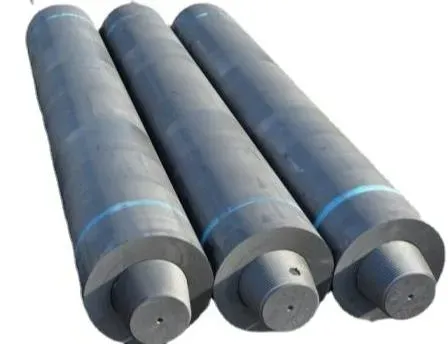
(graphite used as electrode)
FAQS on graphite used as electrode
Q: Why is graphite used as an electrode in electrochemical cells?
A: Graphite is used as an electrode because it conducts electricity, is chemically stable at high temperatures, and resists corrosion in many reactive environments.
Q: What makes graphite a suitable material for electrodes?
A: Graphite’s layered structure allows free electron movement, ensuring conductivity, while its high melting point and durability make it ideal for high-temperature applications.
Q: How does graphite compare to metals as an electrode material?
A: Unlike metals, graphite doesn’t corrode easily in electrolytes, has lower reactivity, and maintains structural integrity under extreme conditions, making it cost-effective for industrial use.
Q: In which industries is graphite commonly used as an electrode?
A: Graphite electrodes are widely used in lithium-ion batteries, electric arc furnaces for steel production, fuel cells, and electrolysis processes due to their efficiency and reliability.
Q: What are the key advantages of using graphite electrodes?
A: Key advantages include high thermal resistance, excellent electrical conductivity, lightweight properties, and resistance to chemical degradation, ensuring long-term performance.





 Pervious
Pervious
 Next
Next
